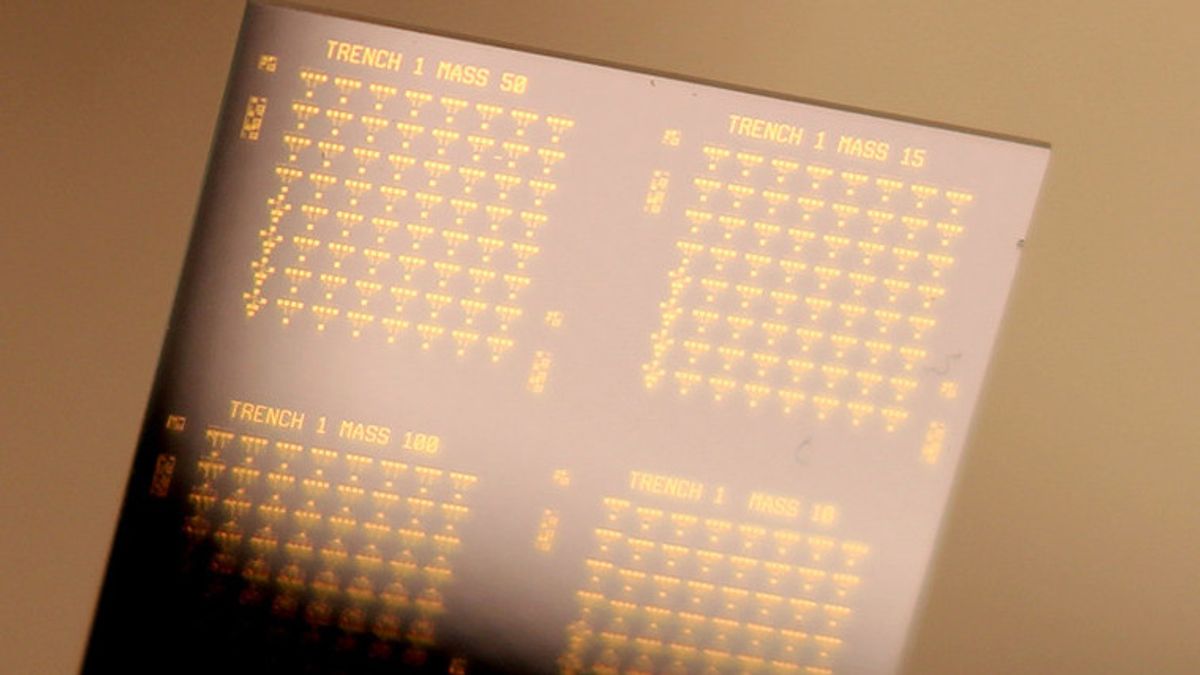JAKARTA - Computers in the future are claimed to be able to work like the human brain, which can develop neuromorphic computers and are thousands of times more energy efficient than today's old computers.
Scientists from the KTH Royal Institute of Technology in Stockholm and from Stanford University have created materials for components that would enable the commercial viability of computers mimicking the human brain.
This new material has the potential to help in the production of PC chips that will be a million times more efficient than current technology, and this could be completed before the end of the decade.
According to their research, PCs like the super-powerful brain of the future could become a reality thanks to new materials that have been developed.
The material in question is a titanium carbide compound called MXene. Using this new material, they could create memory components with the potential to create computers that simulate not only real, but also commercially viable, human brains in the near future.
The scientists found that electrochemical random access memory (ECRAM) components showed a lot of potential when fabricated using 2D titanium carbide.
VOIR éGALEMENT:
Capable of storing and processing data, ECRAM will bypass a lot of processor and memory communication by performing both tasks at once.
Cited from Digital Trends, Tuesday, February 8, the study explains how ECRAM works, scientists call it a component in which switching occurs by introducing ions into oxidation channels, in a sense similar to the human brain, which also works with ions.
Developing such a computer with brain-like qualities could create a machine with incredible AI capabilities, and according to scientists, would be fairly easy to manufacture using MXene.
The assembly process will be the same as for the complementary metal oxide semiconductor (CMOS) wafer assembly and will involve integrating a layer of 2D material on the silicon.
KTH Associate Professor Max Hamedi spoke to TechRadar about the power this new computer could have. Memory components built with MXene are faster than previously featured.
“We will be able to make special-purpose computer blocks (in, say, 5 to 10 years) where memory and transistors combine, making them at least 1.000 times more energy efficient than the best computers we have today for AI and simulation tasks (some calculations even shows a million-fold energy efficiency for a particular algorithm)," said Hamedi.
These future computers will require at least five years of trial and error, but one of the hardest parts is over: the breakthrough. If things continue, it's likely that humanity will see unprecedented computing power in the next few years.
This research has been officially published on the KTH Royal Institute of Technology website. Click here to view.
The English, Chinese, Japanese, Arabic, and French versions are automatically generated by the AI. So there may still be inaccuracies in translating, please always see Indonesian as our main language. (system supported by DigitalSiber.id)


















